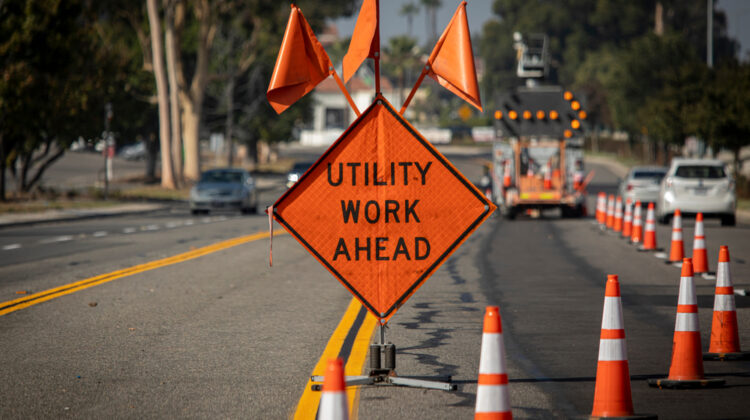
Green Roofs: The Future of Sustainable Architecture
Green Roofs: The Future of Sustainable Architecture
As cities continue to grow and urban temperatures rise, the demand for sustainable building solutions has never been greater. One innovative solution gaining global attention is the green roof — a roof covered with vegetation that improves air quality, enhances insulation, and promotes biodiversity.
Green roofs are transforming the way we think about construction, turning unused rooftop spaces into eco-friendly, functional areas. From commercial complexes to residential buildings, the adoption of green roofs is helping cities become cooler, cleaner, and more sustainable.
What Is a Green Roof?
A green roof is a layer of vegetation planted over a waterproofing system installed on top of a flat or slightly sloped roof. It acts as a natural insulator and stormwater management system while improving the building’s energy efficiency.
There are two main types of green roofs:
-
Extensive Green Roofs: Lightweight systems with shallow soil and low-maintenance plants like sedums and grasses.
-
Intensive Green Roofs: Thicker soil layers that can support larger plants, shrubs, and even small trees — often used for rooftop gardens.
Regardless of type, green roofs contribute significantly to urban sustainability and environmental health.
How Green Roofs Work
A green roof is composed of multiple layers that function together to protect the building and sustain plant life:
-
Vegetation Layer: Consists of selected plants suited for local climate conditions.
-
Growing Medium: A lightweight soil mix that supports root growth and water retention.
-
Filter and Drainage Layer: Ensures proper water flow and prevents soil clogging.
-
Waterproof Membrane: Protects the roof structure from water damage.
-
Thermal and Root Barriers: Provide insulation and prevent roots from damaging the building.
This layered system allows green roofs to manage stormwater, reduce heat absorption, and enhance insulation performance.
Benefits of Installing a Green Roof
1. Improves Energy Efficiency
A green roof acts as a natural insulator, reducing heat transfer between the building and the environment. This leads to lower energy consumption for heating and cooling.
2. Reduces Urban Heat Island Effect
Cities often experience higher temperatures due to concrete surfaces absorbing heat. Green roofs help mitigate this by cooling the surrounding air and reflecting less heat.
3. Enhances Air Quality
Green roofs filter airborne pollutants and capture dust, improving urban air quality and creating a healthier environment for city dwellers.
4. Manages Stormwater Runoff
By absorbing rainfall, green roofs reduce the burden on urban drainage systems and minimize the risk of flooding.
5. Promotes Biodiversity and Aesthetics
A green roof provides habitat for birds and insects, adding ecological value while making rooftops more visually appealing.
Green Roofs in India
India’s tropical climate and increasing urbanization make green roofs an ideal sustainable solution. In cities like Delhi, Bengaluru, and Mumbai, green roofs are helping combat rising temperatures and air pollution.
Government initiatives promoting sustainable construction, such as the Energy Conservation Building Code (ECBC) and the Green Rating for Integrated Habitat Assessment (GRIHA), encourage the use of green roofs to improve environmental performance in new and existing buildings.
To explore more about India’s national sustainable building efforts, visit the Indian Green Building Council (IGBC) — a leading organization promoting eco-friendly construction practices across the country.

Implementing a Green Roof in Your Project
If you’re considering adding a green roof to your project, here are the key steps:
-
Conduct a Structural Assessment: Ensure your roof can support the additional weight.
-
Choose the Right System: Select between extensive or intensive roofs based on design and budget.
-
Select Native Plants: Opt for low-maintenance, drought-resistant species suited to local climates.
-
Install Proper Drainage: Prevent water pooling and ensure the waterproofing membrane is intact.
-
Plan Maintenance: Schedule periodic inspections and plant care to ensure long-term performance.
For expert guidance on implementing a green roof or other sustainable building solutions, reach out to AMS India. Their team specializes in eco-friendly construction methods that align with global green building standards.
Conclusion
A green roof is more than just an architectural trend—it’s a practical and sustainable response to urban challenges. By improving energy efficiency, reducing pollution, and promoting biodiversity, roofs play a vital role in creating healthier, greener cities.
As India continues its journey toward sustainable urban development, incorporating roofs into construction projects will be essential for building a cleaner, more resilient future for generations to come.
Read more related articles to enhance your knowledge and make informed decisions
Cost-Effective Modular Construction: Fast, and Sustainable Building Solutions
Smart Modular Buildings: Innovative, Efficient, and Sustainable Construction








